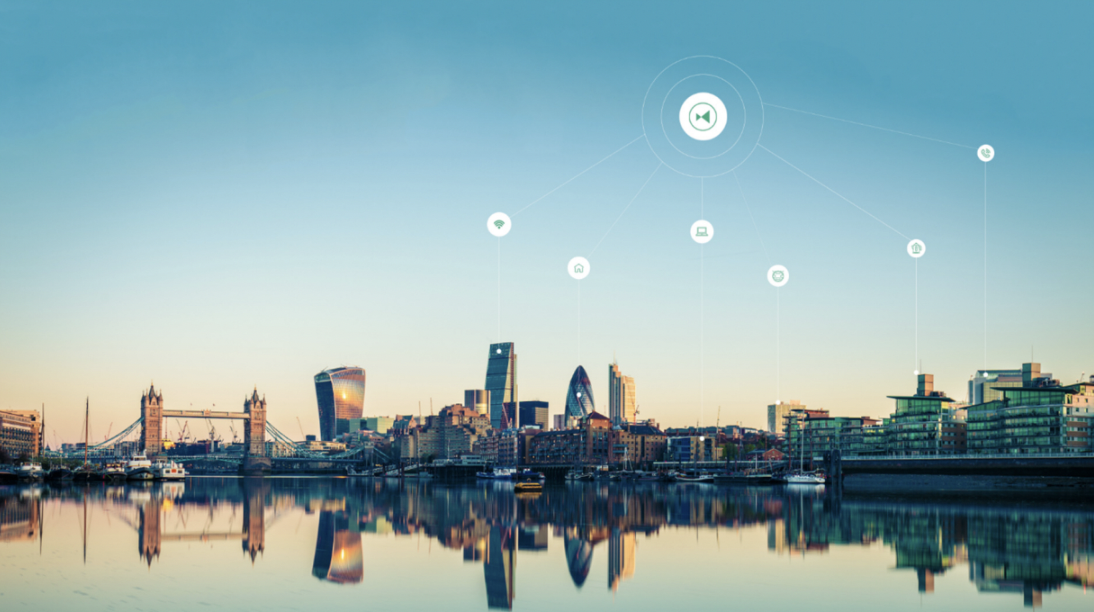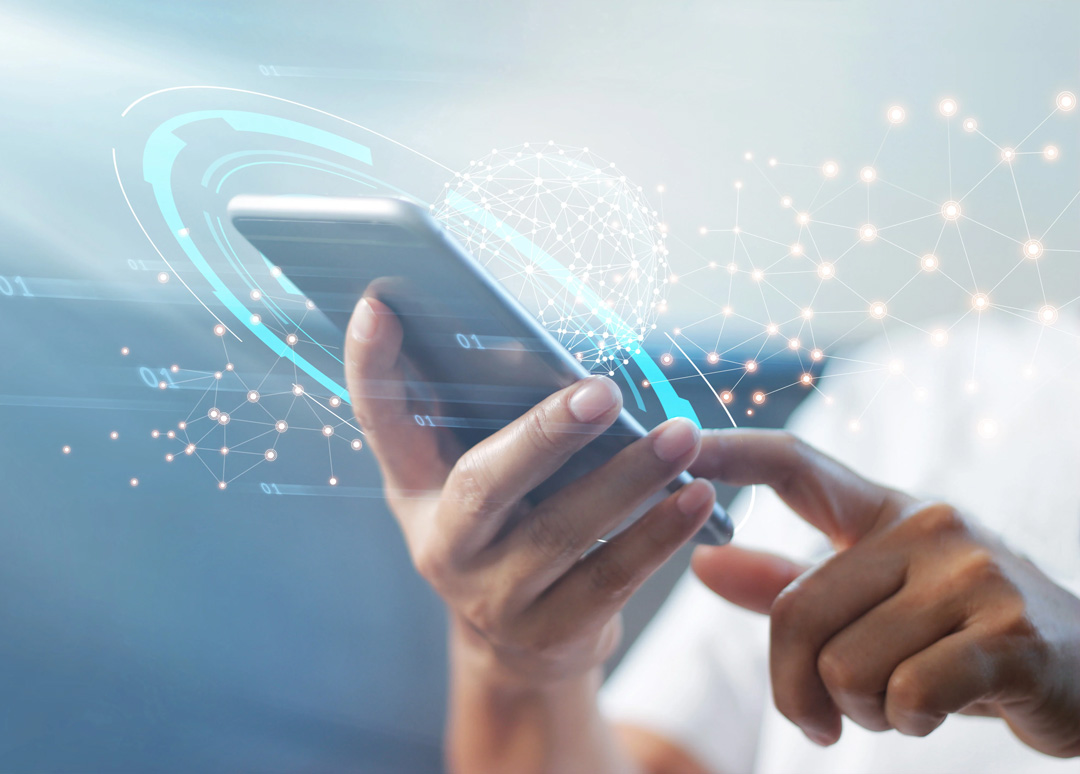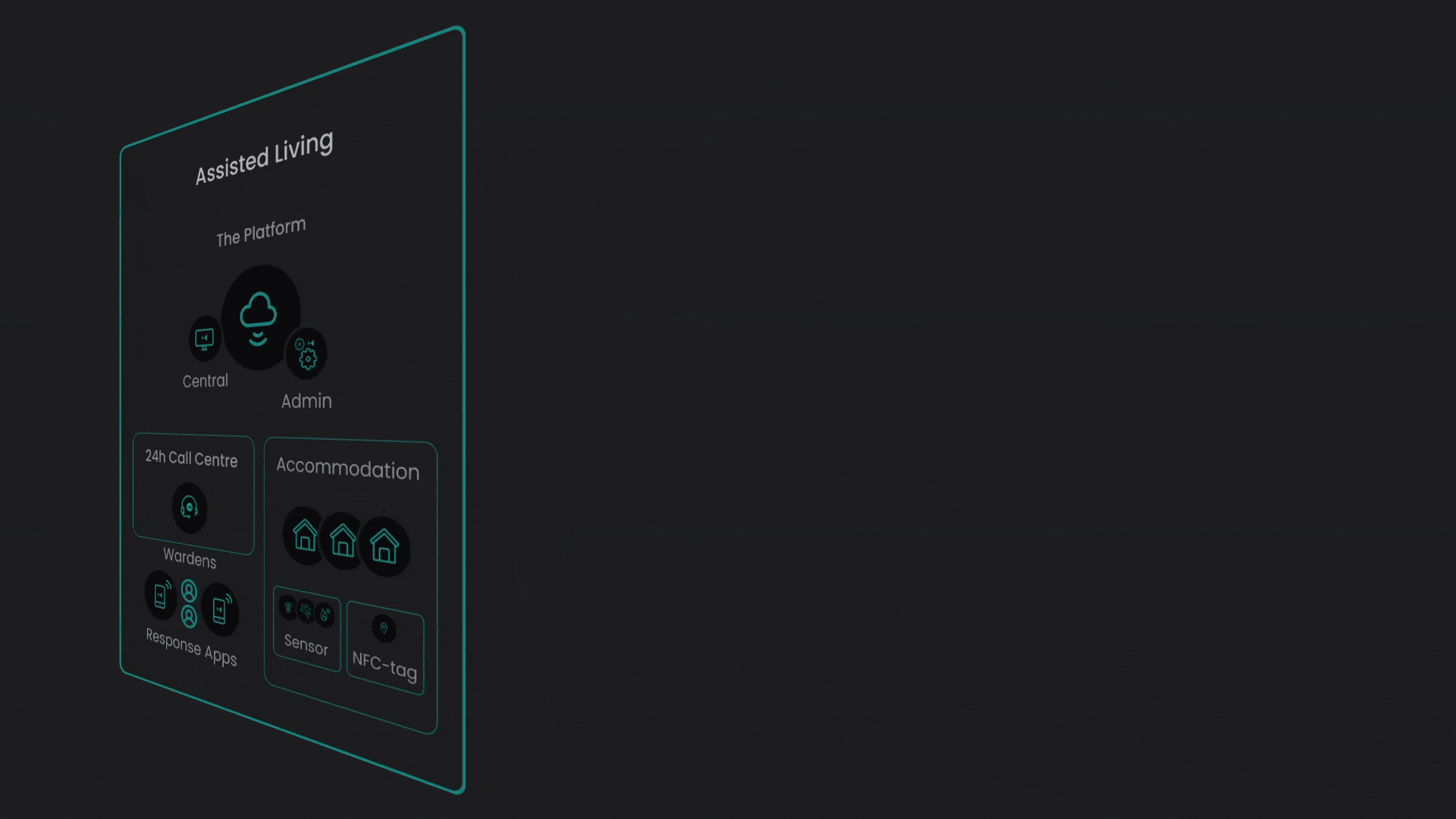Telecare has been an integral part of healthcare in general – and in elderly care in particular – and has developed into modern, innovative solutions that seek to meet the evolving needs of any care receiver. Generally speaking, telecare is often used to describe the use of technology to provide remote care for people with physical or other challenges, i.e. anyone who can benefit from such healthcare services. However, the definition is constantly evolving, especially with the advent and development of digital and smart technology in the care industry.
With the availability of today’s options, elderly and other care receivers are able to receive the care that they need, which is a fundamental factor, given the importance of personalised care.
Benefits of modern and digital telecare
Each telecare solution caters for the specific demographic it’s been chosen for, and offers irreplaceable benefits for care providers, carers, and care receivers e.g. patients and elderly. This has also been the case even during the early stages when the traditional solutions have been the main operative system. Today, the development of telecare innovations elevates mentioned benefits, providing solutions to very specific and complex challenges in elderly care for example.
Some of these benefits follow below:
- Flexibility of solutions – modern telecare systems and solutions can be implemented modularly, especially with the availability of cloud-based platforms. Telecare patients and care receivers can thereby choose to implement only the specific solutions that they need or require.
- Highly-personalised solutions – each patient and care receiver present their different and specific needs, so to implement telecare systems and solutions with a one-size-fits-all approach, would undoubtedly be a big mistake. With the flexibility of options available today, care receivers can benefit from highly-personalised solutions.
- Easy-to-use home solutions – care receivers can choose to implement user-friendly solutions such as smart voice-activated assistants in their homes, which can then be connected and used in synergy with other smart solutions, such as fall detection radars and smart cameras.
- Seamless implementation and integration of devices – cloud-based platforms allow users to easily integrate modern devices and solutions into their systems, which is especially helpful considering the occurring gradual transition away from telecare devices on analogue platforms.
- Safe and independent living conditions – modern telecare solutions provide care receivers with the freedom to live independently, while also providing them with immense improvements to their quality of life. Other solutions allow relatives and loved ones to easily interact and contact a particular client, due to also having the possibility to be integrated to the telecare systems of that client.
As technological innovations continue to push telecare forward, care receivers and care providers will benefit even further from telecare.
Read more: What is Digital Telecare?
Understanding telecare – Where are we today with telecare?
While telecare solutions can be as simple as a telephone connected to a monitoring centre for alarms and emergencies, today’s technological innovations have changed the way care is delivered to the clients. The upcoming analogue switch-off in the United Kingdom in 2025 will also render old, outdated analogue solutions obsolete, prompting solutions providers to until then gradually transition to digital systems and solutions.
Traditionally, telecare systems were typically used among the elderly population and other clients, as alarms in case of falls and other emergencies that required an immediate response from monitoring centres. Today, telecare services extend to smart sensors; smart and video-free fall detection solutions; mobile apps integrated into telecare systems; and even medication robots, which are being used to assist clients in adhering to their medication regimens.
Data and artificial intelligence (AI) are also contributing to shape the future of telecare. The smart and secure utilisation and collection of patient data can be used for streamlined healthcare processes and services, such as anytime, anywhere care, which allows care receivers and physicians, e.g. doctors and GPs, to access patient data on demand, allowing for a seamless delivery of healthcare services.
One example of the implementation of AI in telecare is the use of cameras or sensors that can study and learn the patterns of the client being monitored. In case of the client displaying an unusual behaviour – or one indicative of an emergency or an illness – the carers or monitoring centres will immediately be alerted. While this may seem simple, with AI, the sensors or cameras can detect even the most subtle deviations from patient behaviour, such as for example, lying in bed longer than usual.
The challenges presented by telecare
Telecare has been hugely beneficial for both care providers and care receivers, despite this some are still reluctant to rely on telecare solutions due to different factors such as privacy and security concerns, unwillingness and perhaps even incapability and fear to adapt to modern solutions, and concerns on the initial costs of implementing the solutions. However, smart telecare solutions and devices also seek to address these concerns. For example, modern remote monitoring solutions present the users with the option to only monitor the care receiver or the patient at predetermined times during the day, providing the users with a much less intrusive monitoring solution.
Utilise modern telecare solutions today with Skyresponse
To fully utilise the benefits presented by today’s modern telecare solutions, partnering with an equally capable platform provider is necessary. Skyresponse offers a 100% cloud-based and future-proof platform with unlimited scalability, allowing care providers to implement solutions as they see fit, ultimately meeting the specific needs of patients and other care receivers.
Are you Interested in our Solutions or want more information?





.jpg)